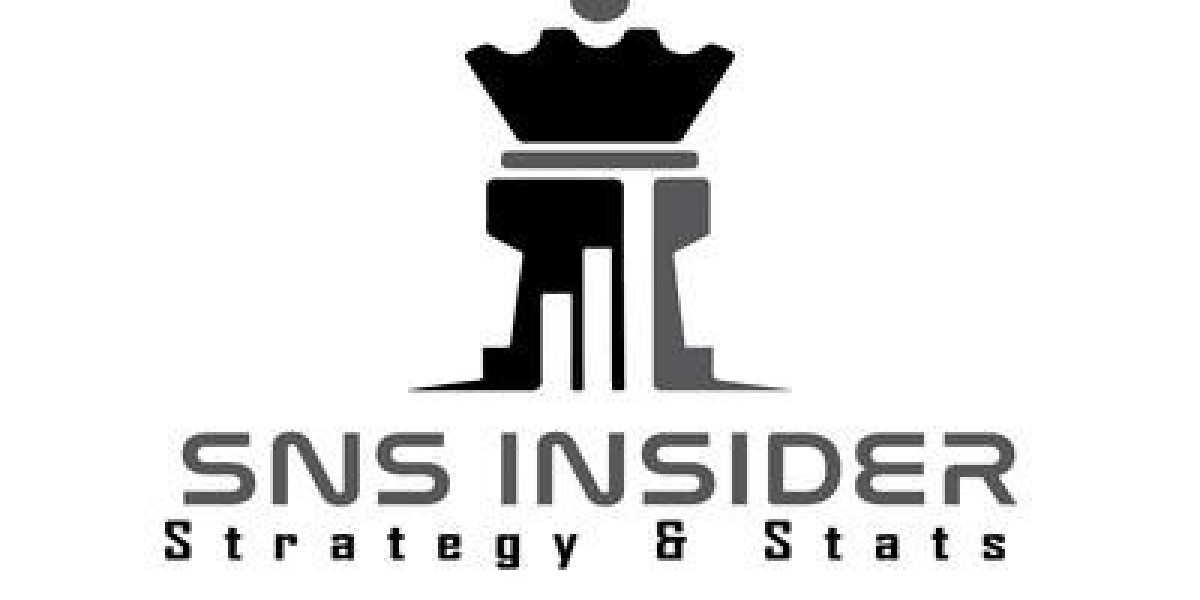Web3 app development represents a paradigm shift in the digital landscape, empowering developers to create decentralized applications that revolutionize industries and user experiences. Built on blockchain technology, Web3 apps offer enhanced security, transparency, and user control. In this blog post, we will delve into the world of Web3 app development and explore the tools, frameworks, and potential use cases that are shaping the future.
Understanding Web3 App Development
Web3 app development refers to the creation of decentralized applications that leverage blockchain technology, smart contracts, and decentralized protocols. Unlike traditional web applications, Web3 apps provide users with greater control over their data, assets, and interactions. Developers utilize blockchain platforms like Ethereum, Polkadot, or Solana, along with programming languages like Solidity or Rust, to build Web3 apps.
Smart Contracts: The Building Blocks
At the core of Web3 app development are smart contracts. These self-executing contracts are written in blockchain-specific programming languages and automatically execute predefined actions when specific conditions are met. Smart contracts ensure transparency, security, and autonomy within Web3 apps, enabling various functionalities such as financial transactions, decentralized governance, and tokenization.
Web3 Development Frameworks and Tools
Developers have access to a growing ecosystem of frameworks and tools that simplify Web3 app development. Frameworks like Truffle, Hardhat, or Remix provide development environments for writing, testing, and deploying smart contracts. Additionally, libraries like Web3.js or ethers.js facilitate interaction with the blockchain, enabling developers to integrate blockchain functionality into their applications seamlessly.
Decentralized Storage and IPFS
Web3 apps require decentralized storage solutions to ensure data integrity and availability. The InterPlanetary File System (IPFS) is a peer-to-peer protocol that enables distributed file storage across a network of nodes. Developers can leverage IPFS for storing and retrieving data within Web3 apps, ensuring censorship resistance and increased resilience against centralized data storage failures.
Web3 App Use Cases
Web3 app development opens up a world of possibilities across various industries. Here are a few notable use cases:
a. Decentralized Finance (DeFi): Web3 apps have revolutionized the financial landscape, providing permissionless, open-access financial services such as lending, borrowing, decentralized exchanges, and yield farming.
b. Non-Fungible Tokens (NFTs): NFTs have gained immense popularity, enabling unique digital ownership of assets such as artwork, collectibles, and virtual real estate. Web3 apps facilitate the creation, trading, and provenance verification of NFTs.
c. Decentralized Identity: Web3 apps are driving the shift towards self-sovereign identity, allowing users to have full control over their personal data and digital identity, reducing reliance on centralized identity providers.
d. Supply Chain Management: Web3 apps enhance supply chain transparency, enabling seamless tracking and verification of goods' provenance, reducing fraud and ensuring ethical sourcing.
e. Gaming and Virtual Worlds: Web3 app development is transforming the gaming industry by enabling true ownership of in-game assets, cross-game interoperability, and decentralized virtual economies.
Challenges and Considerations
Web3 app development is not without its challenges. Developers need to address scalability issues, high transaction costs, and the learning curve associated with blockchain technologies. Additionally, ensuring a smooth user experience while interacting with the blockchain can be a complex task. However, as the ecosystem evolves, solutions like layer 2 scaling and improved developer tooling are emerging to overcome these hurdles.
Conclusion
Web3 app development represents a new frontier in software development, enabling the creation of decentralized applications that redefine trust, security, and user empowerment. With smart contracts, decentralized storage, and blockchain integration, developers can build applications that disrupt industries, transform user experiences, and foster a new era of transparency and innovation. As Web3 app development continues to evolve, developers have the opportunity to shape the future and contribute to the growth of the decentralized web.
With a vibrant ecosystem of frameworks, tools, and use cases, Web3 app development is gaining momentum. Developers must navigate challenges such as scalability, transaction costs, and user experience to unlock the full potential of decentralized applications. As the technology evolves and matures, Web3 app development will become more accessible, enabling businesses and individuals to harness the power of blockchain and revolutionize the digital landscape.







